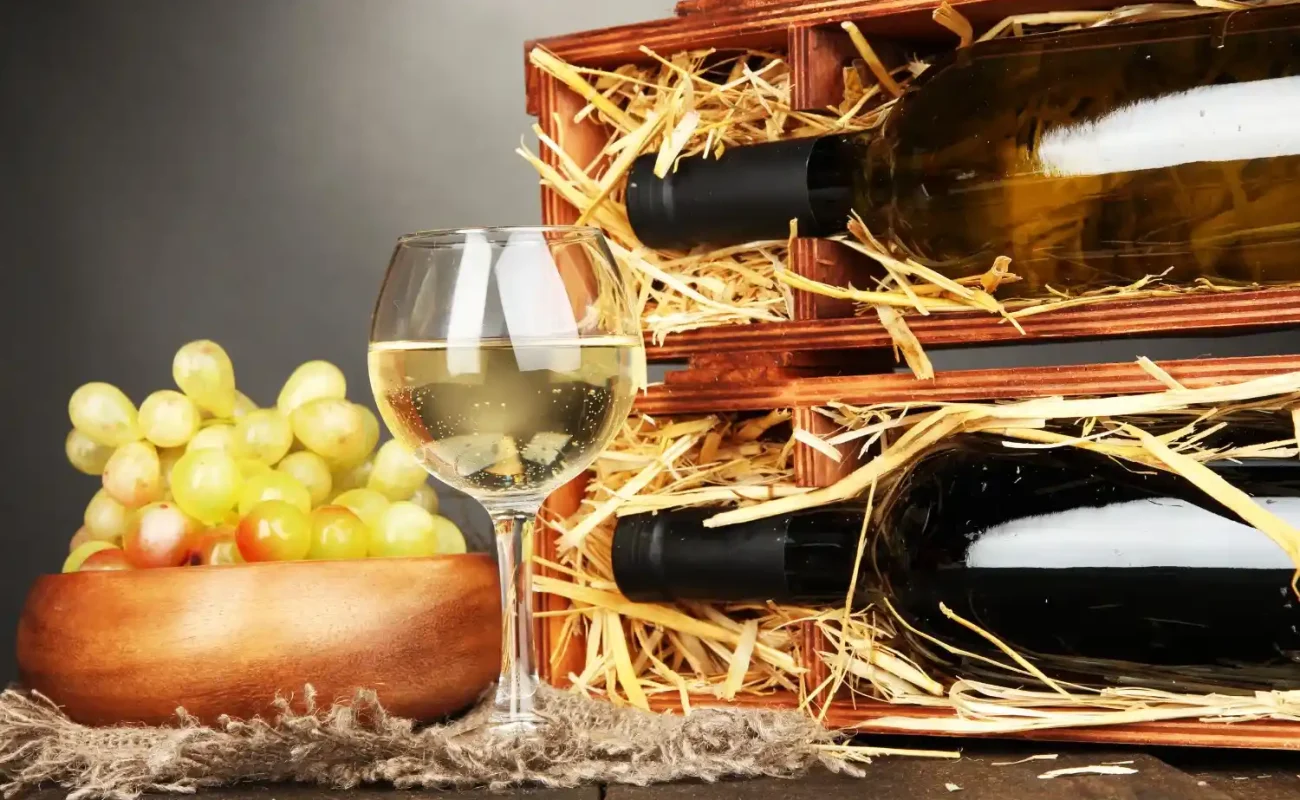
Why Some White Wines Age Good & Others Fade Away
When most people think of white wine, they picture a crisp glass enjoyed on a sunny terrace light, zesty, and gone before the ice in the bucket melts. Yet, hidden among those bright and breezy bottles are a few white wine varieties that age not just gracefully but magnificently. These wines deepen in colour, evolve in flavour, and gain a quiet sophistication that only time can bring.
Let us swirl our white wine glass, take a deep breath, and explore which white wine types defy time, what gives them that staying power, and why a simple regulation called the 75% Rule subtly shapes what ends up in your bottle.
White Wine Types and Styles
Not all white wines are created equal. Some are made to be light and refreshing, while others are rich and textured enough to rival reds.
- Light-bodied whites like Pinot Grigio or Sauvignon Blanc are crisp, aromatic, and best enjoyed young. A great example is Portillo Sauvignon Blanc White Wine, a zesty and refreshing bottle that captures citrus and tropical freshness.
- Medium-bodied whites like Viognier or Grüner Veltliner offer a balance of fruit and spice. The Altozano Verdejo Sauvignon Blanc White Wine also falls here, with its delicate green apple and herbal notes, showing how a thoughtful blend can bridge lightness and depth.
- Full-bodied whites such as Chardonnay, Marsanne, and aged Chenin Blanc bring a creamy texture, complex white wine aroma, and long finish that can stand up to hearty dishes.
Body, acidity, and sugar all influence how a wine will taste and how it might age. In short: not every white wine should wait, but the right one can reward patience beautifully.
White Wines Graceful Aging
Aging is not magic it is chemistry. The secret ingredients are acidity, balance, and sometimes a touch of sugar. High acidity keeps the wine lively over time, preventing dullness. Residual sugar adds stability, acting like a natural preservative.
Lees aging (resting the wine on yeast sediments) builds texture and umami depth. Oak barrels, on the other hand, add structure and subtle oxygen exposure, allowing flavours to develop slowly. This is why a premium white wine such as Trimbach Riesling White Wine or Merryvale Carneros Napa Valley Chardonnay White Wine can evolve for years, gaining notes of toast, nuts, and honey.
Stored well cool, dark, and undisturbed these wines do not fade; they bloom.

The 75% Rule and Its Role
In many regions, the 75% Rule governs what appears on a wine label. If a bottle says “Chardonnay,” at least 75% must be that grape; the rest may include others for balance or complexity.
This matters because that quiet 25% can subtly influence white wine flavour and aroma over time. A Chardonnay blended with Semillon might gain creamy richness, while a Riesling with a dash of Gewürztraminer could develop floral spice as it ages. Wines like Luz Maria Chardonnay White Wine demonstrate how nuanced blending and craftsmanship can create both immediate pleasure and long-term potential.
The rule reminds us that even a familiar label hides layers of artistry a principle seen in everything from Bersano Gavi Di Gavi White Wine to Portillo Sauvignon Blanc White Wine and that small details often determine whether a white wine matures or merely mellows.
Role of Terroir and Vintage
Aging potential is written in the soil and climate. Terroir the combination of environment, altitude, and geology dictates acidity and structure. Cool climates like Chablis, Mosel, or Marlborough produce whites with bright freshness ideal for long aging. The Trimbach Riesling White Wine from Alsace is a classic case, where cool nights and mineral-rich soils yield wines with stunning tension and longevity.
Vintage matters too. Cooler years yield structured wines that last longer; warmer vintages make softer, fruitier bottles meant for early enjoyment. When selecting a white wine to cellar, consider where and when it was born nature leaves its signature on every sip.
How Winemaking Techniques Shape Aging Potential
From vineyard to barrel, every decision shapes the life of a wine:
- Stainless steel fermentation keeps whites crisp and fruit-forward as in Altozano Verdejo Sauvignon Blanc White Wine.
- Oak fermentation adds spice and creaminess, ideal for full-bodied whites like Merryvale Carneros Napa Valley Chardonnay White Wine.
- Lees contact brings texture and savoury notes to traditional white wine.
- Malolactic fermentation softens acidity, producing buttery, rounded profiles seen in Luz Maria Chardonnay White Wine.
Together, these methods decide whether your dry white wine stays youthful or evolves into a layered masterpiece.
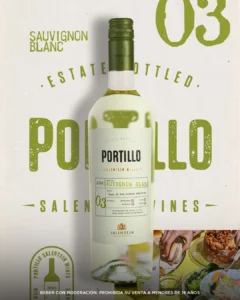
White Wine Varieties That Age Beautifully
- Riesling – The Eternal Classic
High acidity and balance give Riesling unmatched longevity. Young Rieslings taste of lime and green apple; aged ones glow with honey, petrol, and spice.
Trimbach Riesling White Wine exemplifies this evolution, showing how time can turn brightness into liquid gold.
Best regions: Germany (Mosel, Rheingau), Alsace, Australia (Clare Valley). - Chardonnay – The Elegant Shape-Shifter
A true full-bodied white wine, Chardonnay adapts to its home. From the creamy depth of Luz Maria Chardonnay White Wine to the refined elegance of Merryvale Carneros Napa Valley Chardonnay White Wine, this grape offers endless complexity.
Best regions: Chablis, Meursault, Sonoma Coast. - Chenin Blanc – The Hidden Gem
Equally stunning as a dry or semi-sweet white, Chenin Blanc develops flavours of quince, honey, and lanolin over time.
Best regions: Loire Valley (Vouvray), South Africa (Stellenbosch). - Semillon – The Subtle Transformer
Often blended with Sauvignon Blanc in Bordeaux, Semillon also shines solo, evolving from citrus into hazelnut and toast.
Best regions: Hunter Valley, Bordeaux. - White Rhône Blends – The Textural Beauties
Marsanne, Roussanne, and Viognier create deep, aromatic wines with power and grace.
Best regions: Hermitage Blanc, Saint-Joseph. - Gavi – The Italian Classic
Bersano Gavi Di Gavi White Wine represents the crisp, almond-toned elegance of Piedmont. Over time, it gains subtle creaminess without losing its signature freshness. - Sauvignon Blanc – The Vibrant Charmer
Portillo Sauvignon Blanc White Wine and Altozano Verdejo Sauvignon Blanc White Wine showcase how this grape can range from grassy zest to mineral refinement. A few years in the cellar bring out depth and exotic fruit complexity.
World Regions Known for Age-Worthy White Wine
- France: Burgundy, Alsace, Loire Valley, Rhône
- Germany: Mosel, Pfalz, Rheingau
- Italy: Piedmont (for Bersano Gavi Di Gavi White Wine)
- Australia: Clare & Hunter Valleys
- South Africa: Stellenbosch, Swartland
- USA: Sonoma, Napa (home to Merryvale Carneros Napa Valley Chardonnay White Wine)
Each region contributes its own accent to the symphony of aged whites.
How to Choose the Best White Wine for Your Palate
- Love crisp and dry? Try Portillo Sauvignon Blanc White Wine or Bersano Gavi Di Gavi White Wine.
- Prefer creamy textures? Go for Luz Maria Chardonnay White Wine.
- Want something floral or exotic? Seek Altozano Verdejo Sauvignon Blanc White Wine.
A little exploration and a few white wine tastings can turn curiosity into confidence.
White Wine Pairing
- Dry white wines (like Portillo Sauvignon Blanc White Wine) pair beautifully with seafood and salads.
- Full-bodied whites (like Merryvale Carneros Napa Valley Chardonnay White Wine) complement poultry, mushrooms, and creamy sauces.
- Italian classics like Bersano Gavi di Gavi White Wine shine with shellfish or delicate cheeses.
When in doubt, match the weight of your dish to the weight of your wine balance is everything.
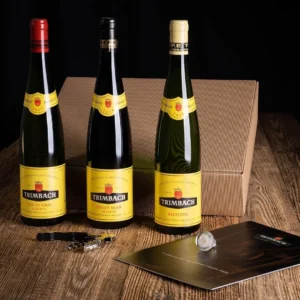
White Wine Tasting Like A Pro
- Look: Note clarity and colour pale gold deepens with age.
- Swirl: Oxygen awakens aromas citrus, floral, nutty, or tropical.
- Smell: Identify primary fruit, secondary (oak or lees), and tertiary (aged) notes.
- Sip: Notice texture, acidity, and how the flavour lingers.
The more you taste whether Trimbach Riesling White Wine or Luz Maria Chardonnay White Wine the more you learn to recognize what time has given, or taken away.
Serving & Storing White Wine Correctly
Serve lighter whites around 7–10°C and full-bodied whites slightly warmer, around 12–14°C. Cold mutes’ aroma; room temperature dulls freshness.
For aging, lay bottles sideways in a cool, dark, stable environment. Temperature swings are the enemy of elegance.
Common Myths About White Wine Aging
- Myth 1: White wines do not age.
Fact: Some can outlast reds. - Myth 2: Dark colour means spoilage.
Fact: Gradual deepening is natural. - Myth 3: Only oak-aged whites age well.
Fact: Stainless steel-fermented wines like Altozano Verdejo Sauvignon Blanc White Wine age gracefully too. - Myth 4: Screw caps cannot age.
Fact: Modern closures allow perfect slow evolution even for wines like Bersano Gavi di Gavi White Wine.
Conclusion
In India, Fine premium white wines make remarkable gifts and collectibles. They not only mark special occasions but also evolve beautifully with age.
At Solis Group white wine is not just about freshness it is about transformation. Whether it is the honeyed depth of Trimbach Riesling White Wine, the golden toast of Merryvale Carneros Napa Valley Chardonnay White Wine, or the shimmering brightness of Portillo Sauvignon Blanc White Wine, aged whites prove that time does not fade beauty; it refines it. So next time you lift your glass, remember: some wines are not meant to rush. They are meant to whisper the poetry of patience one golden sip at a time.
FAQs
Which white wines age the longest?
Riesling, Chenin Blanc, Semillon, and top Chardonnays can age for decades.
How does the 75% Rule affect wine flavour?
That 25% flexibility lets winemakers enhance structure or aromatics often improving how the wine matures.
What’s the difference between dry and full-bodied white wine?
Dry means little to no sugar; full-bodied refers to texture, often from oak aging.
How long can a white wine age?
Anywhere from 5 to 40 years, depending on style and storage.
How can I tell if a white wine is age-worthy?
Look for high acidity, balanced alcohol, and reputable origin.
Can screw-cap wines age?
Yes. They now allow controlled oxygen exchange, ideal for long life.
What’s the best way to store white wine?
Cool, dark, steady temperature (10–13°C) with moderate humidity.
How do aged white wines pair with food?
Their depth complements poultry, seafood, creamy sauces, and cheeses beautifully.
-
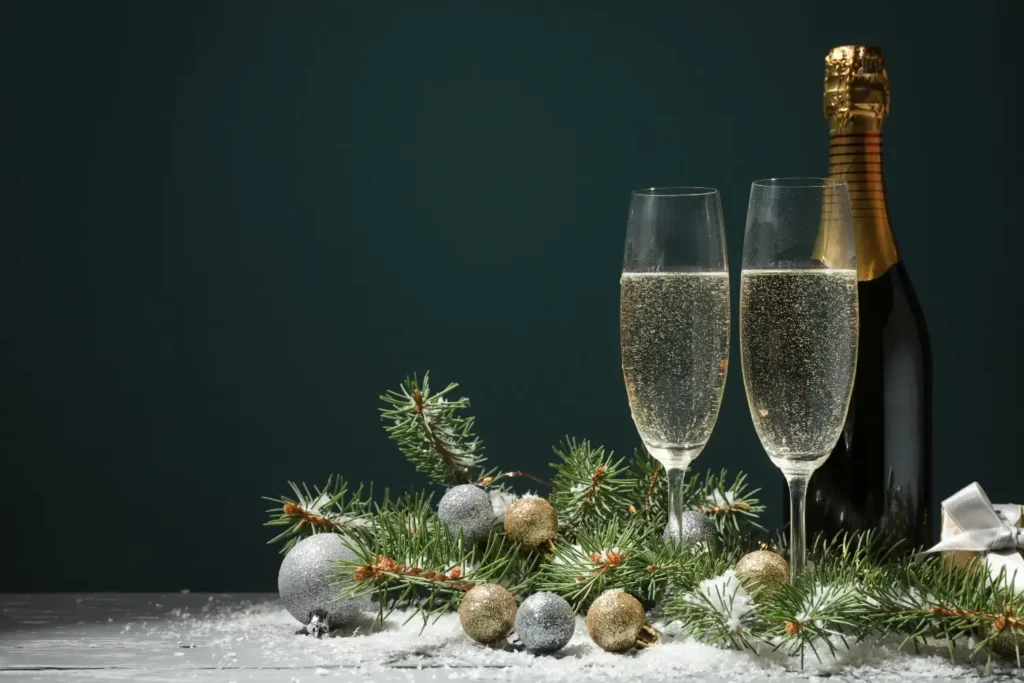 How long Champagne shine before bubbles finally disappear
How long Champagne shine before bubbles finally disappear -
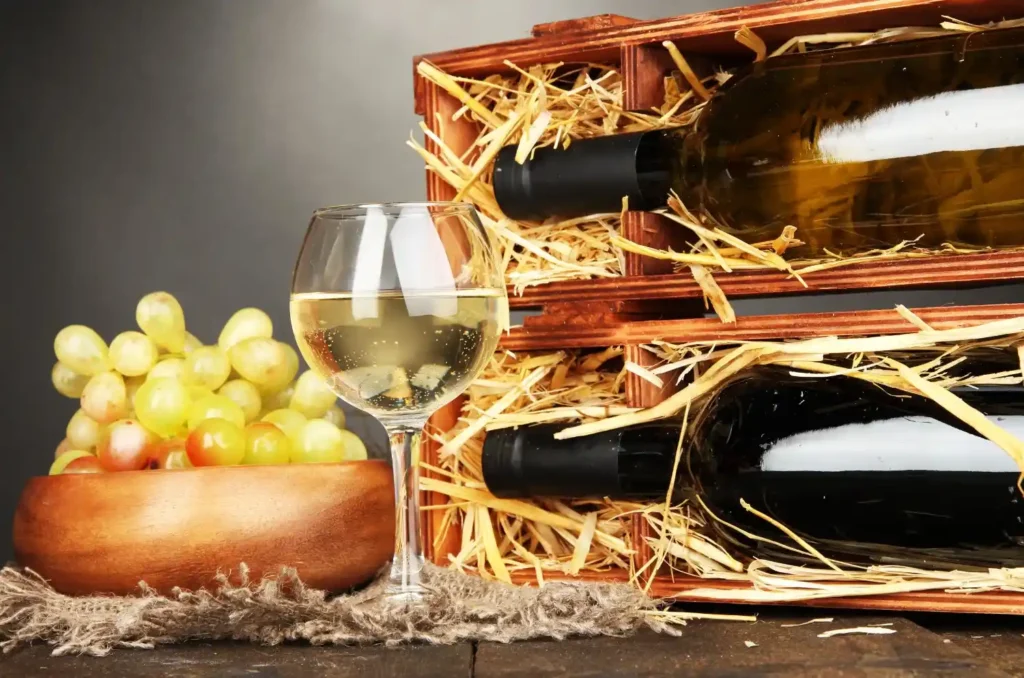 Why Some White Wines Age Good and Others Fade Away
Why Some White Wines Age Good and Others Fade Away -
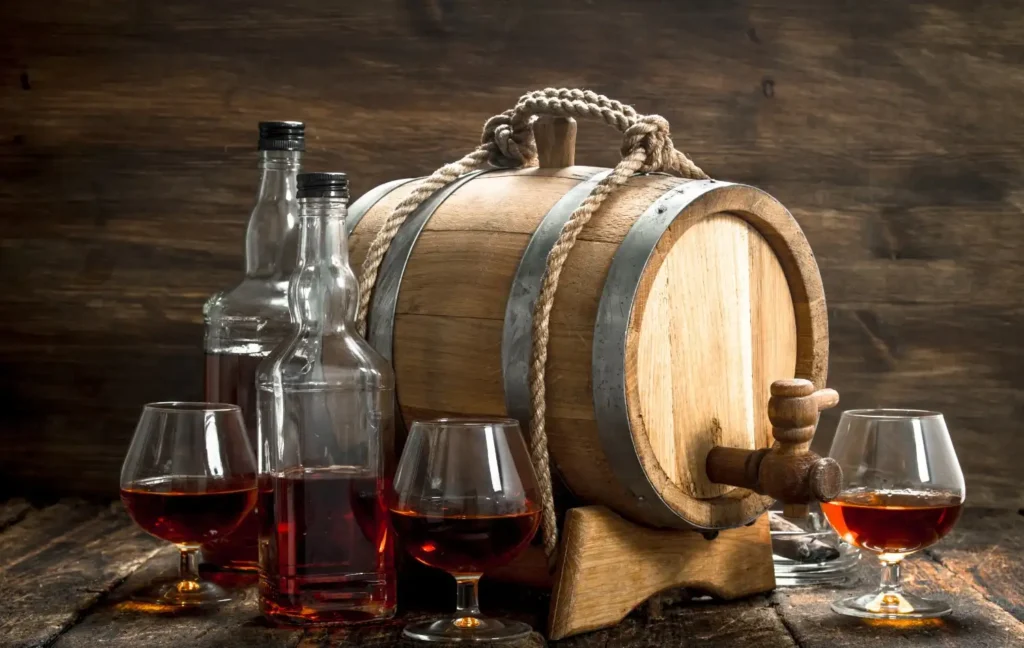 What Makes Single Malt Whiskey Taste Alive in Barrels
What Makes Single Malt Whiskey Taste Alive in Barrels -
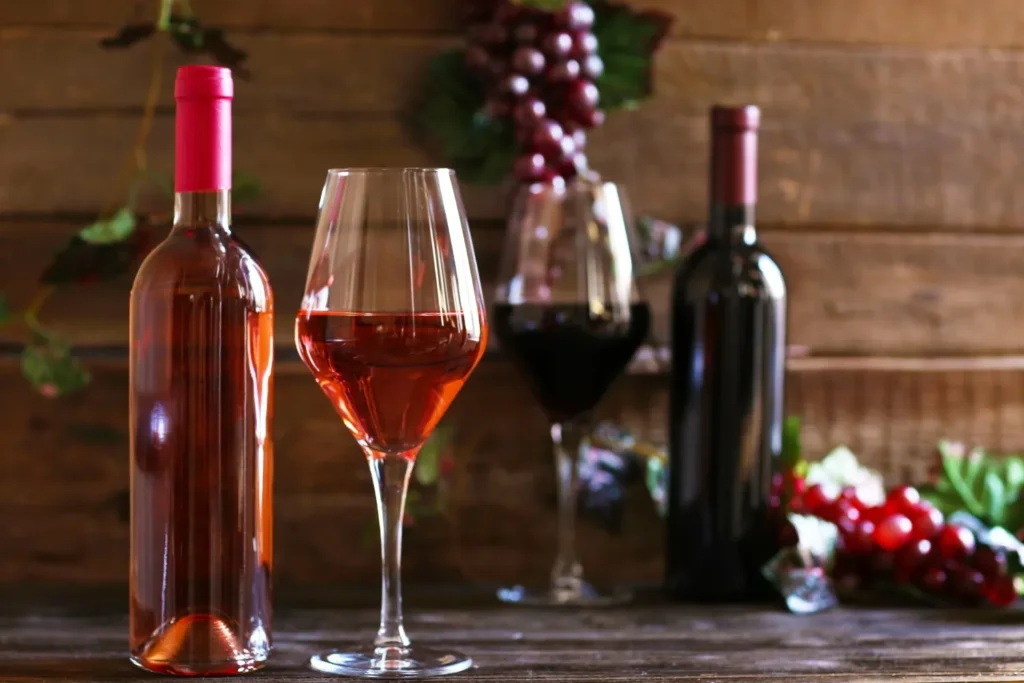 Why does rose wine vs red wine look so opposite inside
Why does rose wine vs red wine look so opposite inside -
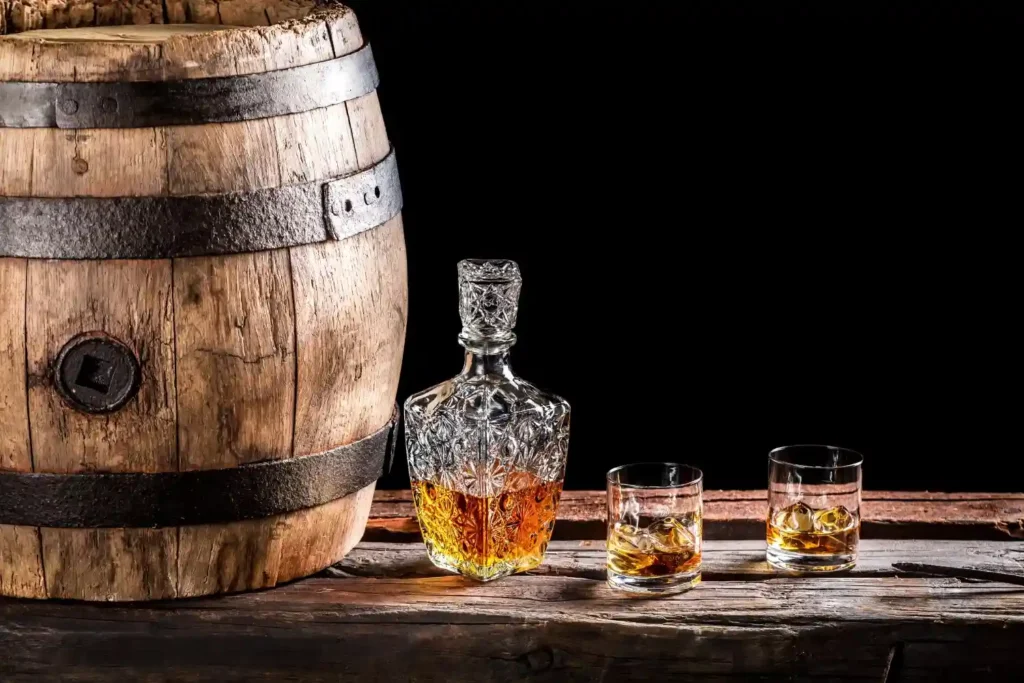 How distillers mastery in Blended whiskey vs single barrel
How distillers mastery in Blended whiskey vs single barrel -
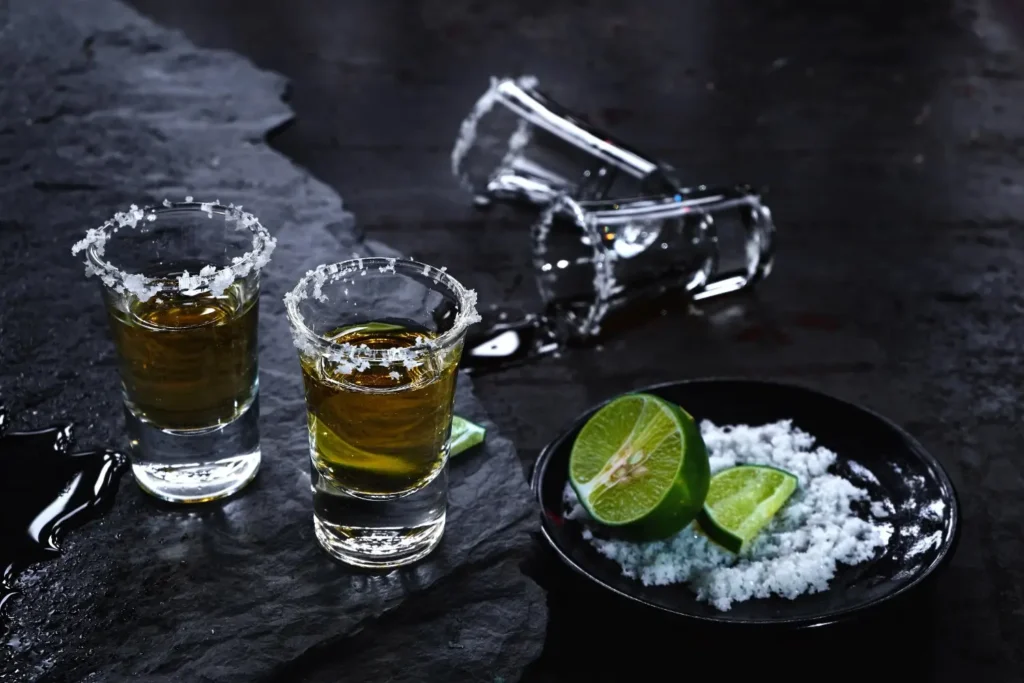 How Every Region Leaves Its Mark on Vodka
How Every Region Leaves Its Mark on Vodka -
 How to Store Gin When Your Guests Think It is Open Bar
How to Store Gin When Your Guests Think It is Open Bar -
 Why Does Cognac Carry Such a Luxurious Price Tag
Why Does Cognac Carry Such a Luxurious Price Tag -
 Why Does Single Malt Whiskey Win Single Grain Battles
Why Does Single Malt Whiskey Win Single Grain Battles -
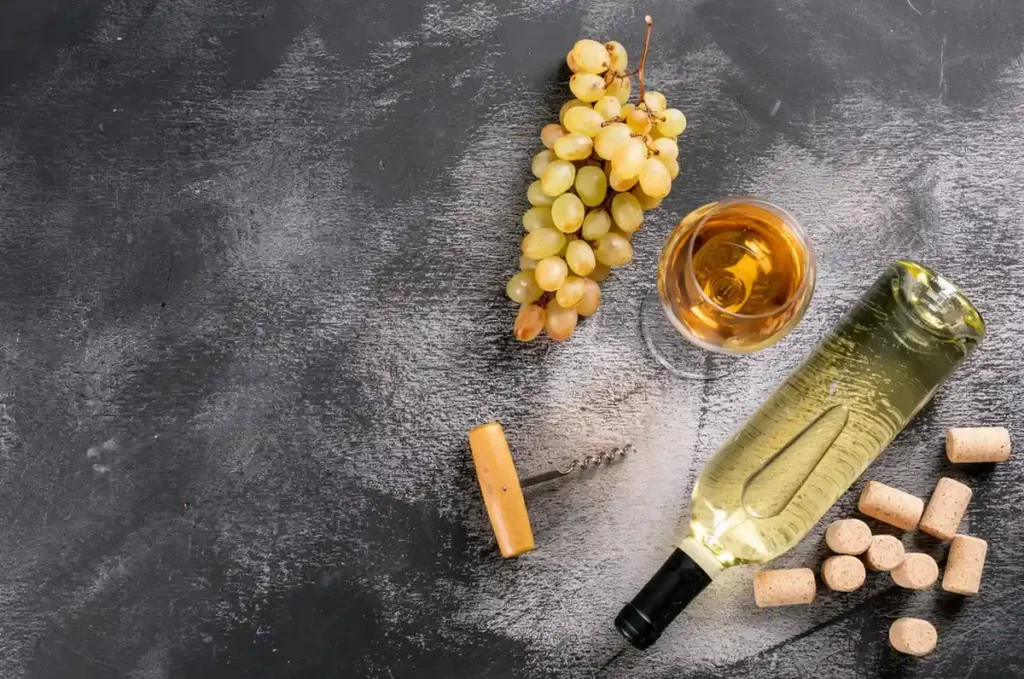 White Wine Guide to Help You Pick the Right Selection
White Wine Guide to Help You Pick the Right Selection
-
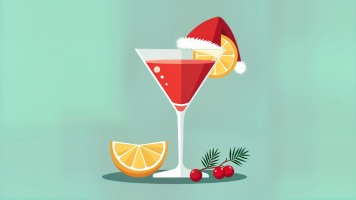 Christmas Cocktails You Can Make at Home
Christmas Cocktails You Can Make at Home -
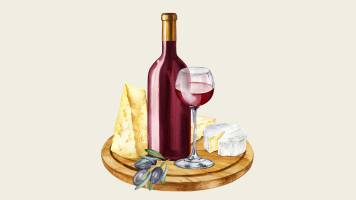 Sound Of Christmas Wine And Cheese?
Sound Of Christmas Wine And Cheese? -
 A Fresh Take on New Year’s Resolutions
A Fresh Take on New Year’s Resolutions -
 The Art of Smelling Wine Like a True Connoisseur
The Art of Smelling Wine Like a True Connoisseur -
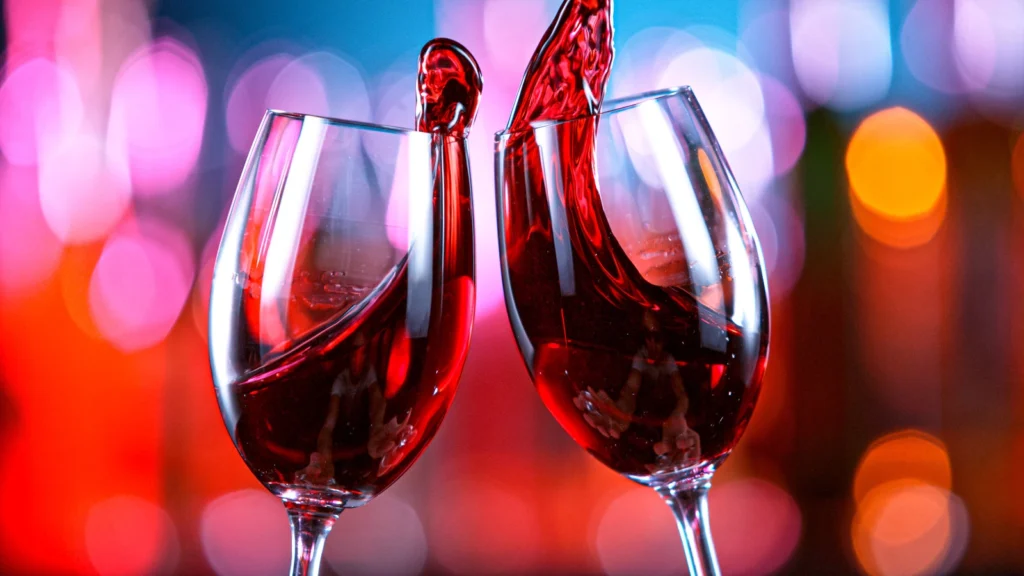 Looking for the Best Wine? Here's Where to Find It!
Looking for the Best Wine? Here's Where to Find It! -
 Read This Before You Buy Your Dad a Whisky.
Read This Before You Buy Your Dad a Whisky. -
 The Art of Pairing Wine with Indian Food
The Art of Pairing Wine with Indian Food -
 Whiskey on the Rocks — Cool Choice or Flavor Mistake?
Whiskey on the Rocks — Cool Choice or Flavor Mistake? -
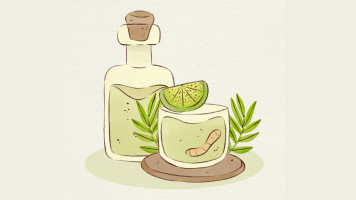 The Ingredients & Botanicals That Define Gin
The Ingredients & Botanicals That Define Gin -
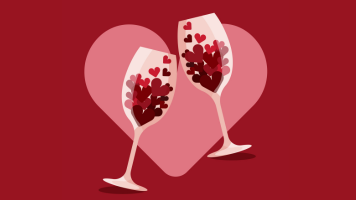 Seven Days of Love — Wine for Valentine’s Week
Seven Days of Love — Wine for Valentine’s Week
-
 Why Some White Wines Age Good and Others Fade Away
Why Some White Wines Age Good and Others Fade Away -
 What Makes Single Malt Whiskey Taste Alive in Barrels
What Makes Single Malt Whiskey Taste Alive in Barrels -
 Why does rose wine vs red wine look so opposite inside
Why does rose wine vs red wine look so opposite inside -
 How distillers mastery in Blended whiskey vs single barrel
How distillers mastery in Blended whiskey vs single barrel -
 How Every Region Leaves Its Mark on Vodka
How Every Region Leaves Its Mark on Vodka -
 How to Store Gin When Your Guests Think It is Open Bar
How to Store Gin When Your Guests Think It is Open Bar -
 Why Does Single Malt Whiskey Win Single Grain Battles
Why Does Single Malt Whiskey Win Single Grain Battles -
 White Wine Guide to Help You Pick the Right Selection
White Wine Guide to Help You Pick the Right Selection -
 Solis Group Representation on the Global Stage at TFWA, Cannes 2025
Solis Group Representation on the Global Stage at TFWA, Cannes 2025 -
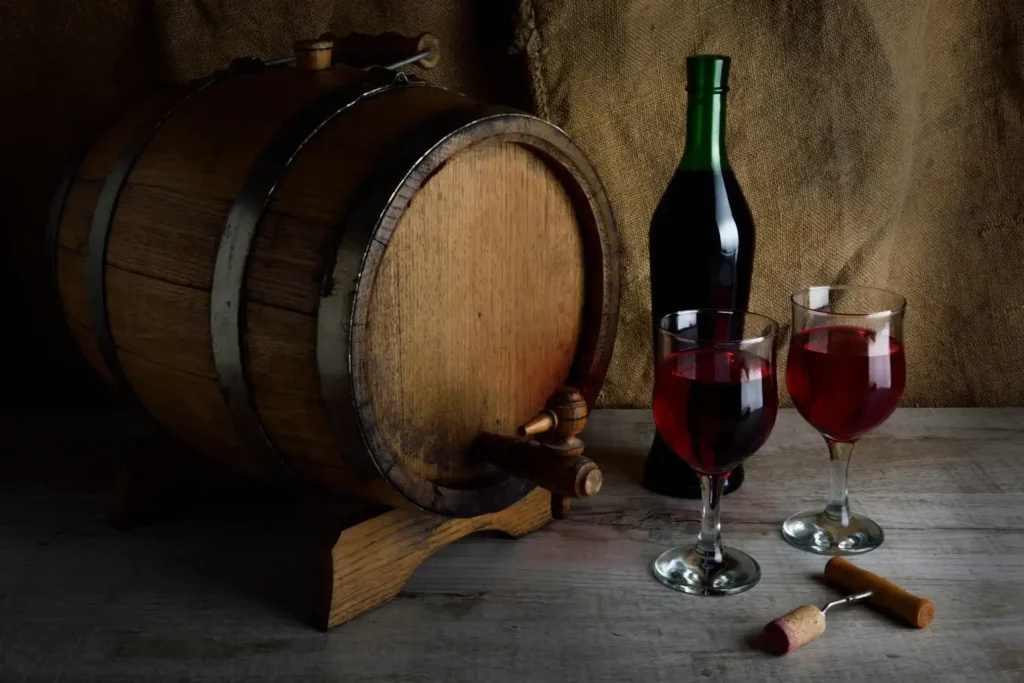 How did port wine bottles grow stylish over decades
How did port wine bottles grow stylish over decades

